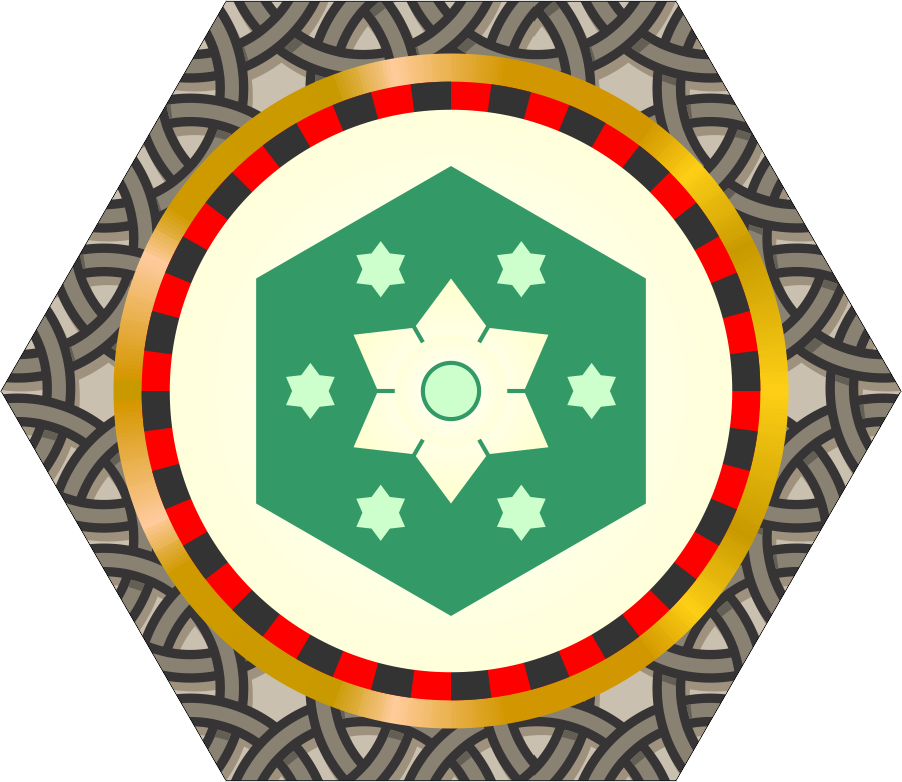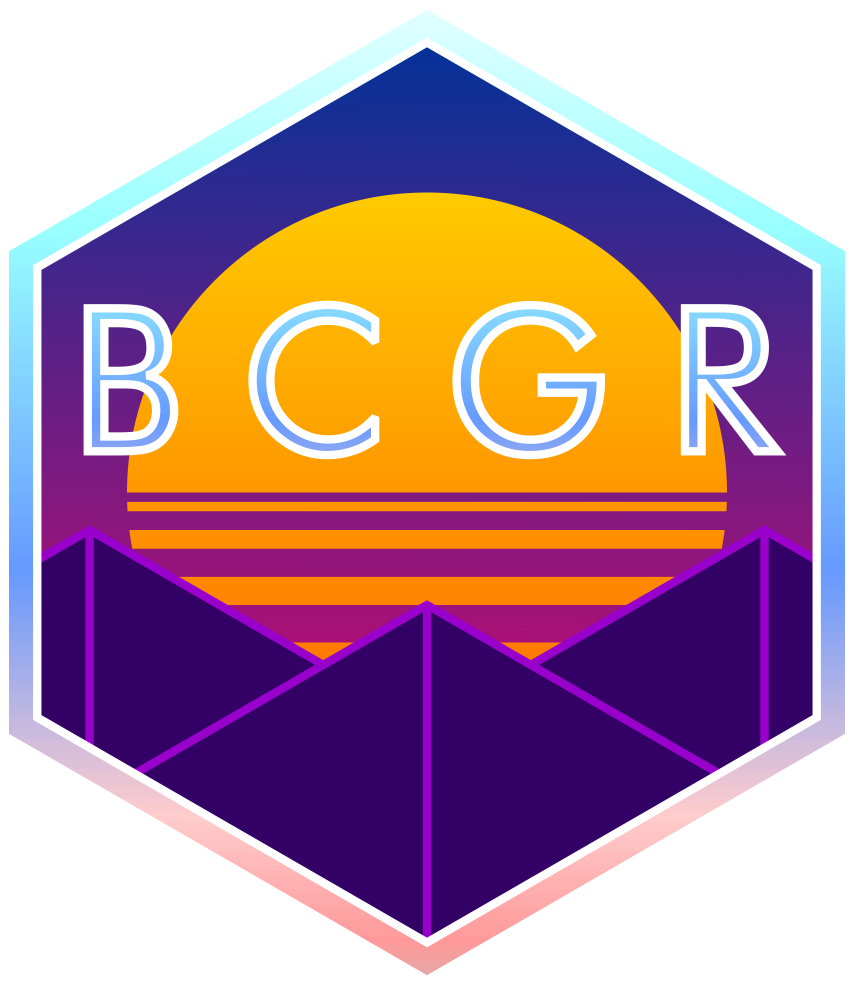Vyorollan
Vyorollan is a card game played with a standard Vyozha deck. Instead of building out structures based on the relative suit and value of cards, Vyorollan players strive to reach the highest score possible by playing single hands with certain combinations of cards that score based on suit. Vyorollan is very popular among travellers and vehicle crews due to the reduced play space required when compared to Vyozha, with Navigator's Guild members being among the game's most vocal champions.
History
While Vyozha was originally Lyviannite divination tool - and, thus, primarily associated with the Church of the Unexpected and, by extension, Voxelia - the game has spread on the back of the church's non-partisan outreach to nations beyond the Voxelian sphere of influence. Vyorollan and other Vyozha spinoffs are associated with establishments like Club 105 looking to expand interest in games of chance.
Execution
The deck is shuffled at the beginning of the first round of Vyorollan, but only at the end of every third round thereafter. The dealer distributes a hand of 8 cards face down to each player. Each round proceeds in the following order. For gambling, every player in clockwise order chooses whether to match or raise the preceeding ante; this continues until no one chooses the raise the ante anymore. Otherwise, any time the deck runs out of cards to distribute, the face-up discard pile is simply turned over and used as the new deck rather than being shuffled.
First, starting with the blind, each player in clockwise order chooses any number of cards from their hands, discards them face up in any order, and is dealt the same number of cards from the deck. Then, the dealer (or big blind, see Participants & Roles) removes any number of cards from his or her hand and passes it to the player clockwise to him or her. That player than passes the same number of cards from their own hand to the next player, and so forth, until the dealer (or big blind) gets back that number of cards and all players have eight cards once again. A fresh round of betting takes place as required (see above). Then, each player reveals their upper and lower brackets (see Scoring). The player with the highest score wins the pot. Finally, starting with the dealer, each player in clockwise turn order discards all remaining cards in his or her hand face up and in any order.
The upper bracket may contain only domain cards. For the purposes of the upper bracket, treat lesser domain cards as having a value of 1, intermediate domain cards as having a value of 2, and greater domain cards as having a value of 3. For each suit represented in the upper bracket, sum these values together. Then, for every card in the lower bracket, add the sum of the suit to the value of that card for the purpose of scoring. For example, if an intermediate domain of Veldrin Vance is in the upper bracket and a 2, 3, and 5 of Veldrin Vance are in the lower bracket, the player's score for these cards would be (2 lower + 2 upper) + (3 lower + 2 upper) + (5 lower + 2 upper), or a total of 16 points. Lower Bracket
The lower bracket may contain any cards. Domain cards can be treated as any value within their range for the purposes of scoring, though typically players will choose to have them represent their highest values (4 for lesser domain, 8 for intermediate domain, and 12 for greater domain). Branch cards can be treated as any suit for the purpose of scoring and accruing bonus value from the upper bracket (see above), but have a base value of 0.
Scoring
A hand is scored using a system of 'upper' and 'lower' brackets, named so for how they are laid down relative to one another on the table during the scoring process. Only the highest value combination of cards in the upper and lower brackets is counted for the purpose of scoring. Upper BracketThe upper bracket may contain only domain cards. For the purposes of the upper bracket, treat lesser domain cards as having a value of 1, intermediate domain cards as having a value of 2, and greater domain cards as having a value of 3. For each suit represented in the upper bracket, sum these values together. Then, for every card in the lower bracket, add the sum of the suit to the value of that card for the purpose of scoring. For example, if an intermediate domain of Veldrin Vance is in the upper bracket and a 2, 3, and 5 of Veldrin Vance are in the lower bracket, the player's score for these cards would be (2 lower + 2 upper) + (3 lower + 2 upper) + (5 lower + 2 upper), or a total of 16 points. Lower Bracket
The lower bracket may contain any cards. Domain cards can be treated as any value within their range for the purposes of scoring, though typically players will choose to have them represent their highest values (4 for lesser domain, 8 for intermediate domain, and 12 for greater domain). Branch cards can be treated as any suit for the purpose of scoring and accruing bonus value from the upper bracket (see above), but have a base value of 0.
Components and tools
Vyorollan only requires a standard Vyozha deck to play. A table or other flat surface on which to lay the cards is useful. If the players wish to gamble, a Vyozha marker may be used to indicate the current big blind and chips or currency may be used to place bets. Among the cubetrotter set, Navigator's Guild Credits (NGC) are often directly used as betting tokens due to their near-universal adoption as a trade currency and the ease with which they can be stacked or tesselated to indicate quantity at a glance.
Participants
Vyorollan is a game best played by 2-6 players, but up to 13 players can play on the condition that each player is required to discard three cards during their discard step (see Execution). The upper limit is set by the number of cards in the deck, but most find that 8 players is the practical upper limit.
Each group of players requires a dealer and, if gambling, a blind. Clockwise from the dealer sits the blind, who is indicated by their posession of the Vyozha marker. The blind sets the initial bet by paying a minimum ante into the pot, the value of this buy-in being a minimum set by consensus amongst the players. If there are three or more players, the marker indicates the 'big blind;' the 'small blind' sits clockwise from the big blind and must put a minimum ante of half the big blind's ante (rounded up) into the pot. Anyone who doesn't match the prior contribution to the pot at the start of betting loses no money, but also cannot win the pot that round, though they are not eliminated from participation with regards to other aspects of the game (i.e. exchanging cards). In this way, non-betters can have a spoiler effect. If a blind chooses not to match, then their blind passes to the next player in the group clockwise until each blind is accounted for or the number of candidates for that blind runs out.
During standard play, the dealer distributes the cards and also sets the number of cards to be passed to other players during the passing step (see Execution). In this case, the role of dealer passes to the next player clockwise after each hand. In a gambling round, the role of (big) blind passes to the next player clockwise each hand and sets the number of cards to be passed, but the role of dealer may be fixed and is often a representative of the gambling establishment in which the game is being played. The dealer (or establishment) at a gambling table may set a minimum ante for the big blind, but the big blind may exceed that on the initial bet if he or she is feeling confident.
Important Locations
Related Organizations
Related Ethnicities







Comments